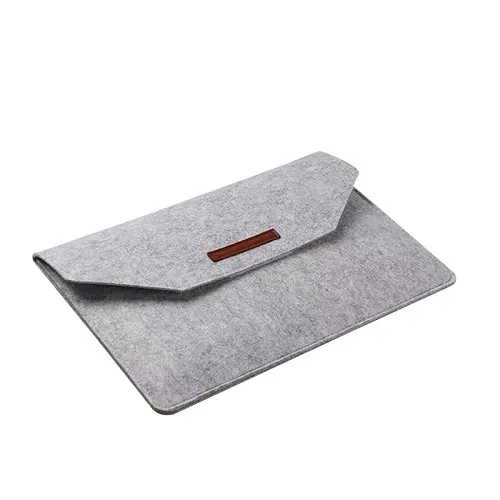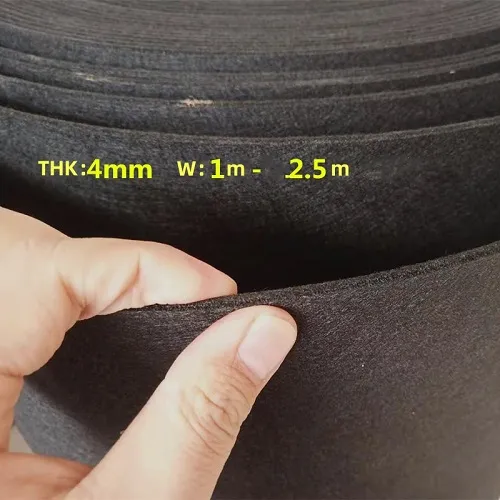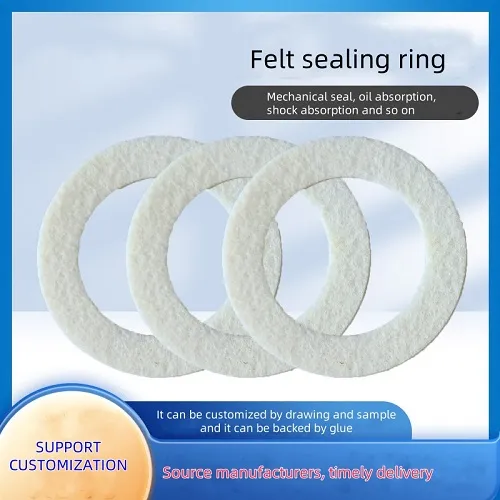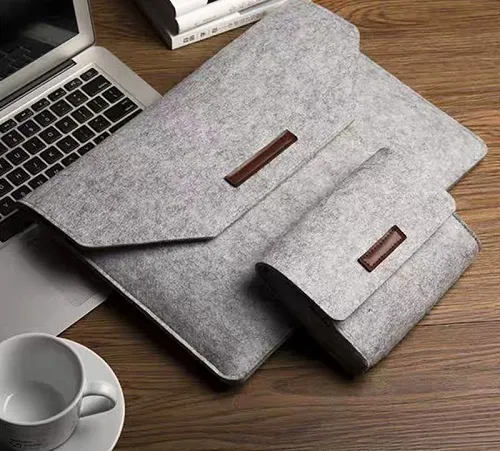Exploring the Versatility of Khaki Felt in Fashion and Home Decor
The Versatility of Khaki Felt A Material for Every Occasion
Khaki felt, a fabric characterized by its soft texture and earthy hue, has carved out a niche in both fashion and functional applications. Derived from wool or synthetic fibers, felt is a non-woven textile that offers a unique combination of durability and flexibility. The khaki color, often associated with military garments and outdoor gear, adds a touch of sophistication that makes it adaptable for various uses. This article will delve into the origins, properties, and diverse applications of khaki felt, highlighting its significance in contemporary design.
Origins of Khaki Felt
The term khaki has its roots in the Urdu word for dust, signifying the fabric's muted tone that blends seamlessly into natural landscapes. Originally developed for military uniforms in the 19th century, khaki quickly transcended its utilitarian origins. The fabric’s ability to conceal dirt and wear made it a favorite among soldiers and explorers. As the demand for practical yet stylish fabrics grew, khaki felt emerged as a favored choice for artisans and designers looking for materials that combined functionality with aesthetic appeal.
Properties of Khaki Felt
Khaki felt is known for its unique properties that make it suitable for a wide array of projects. First and foremost, it is highly durable, resisting fraying and yielding long-lasting products. Additionally, felt has excellent insulating properties, making it ideal for winter clothing and accessories. Its soft texture lends a comfortable feel against the skin, making it a popular choice for hats, scarves, and gloves.
khaki felt

Moreover, khaki felt is relatively easy to work with. Crafters appreciate its ability to hold shapes well, enabling the creation of intricate designs without the need for extensive stitching. Its non-woven nature means it can be cut into various shapes without worrying about edges unraveling, opening up possibilities for innovative designs in both fashion and craft projects.
Applications in Fashion and Craft
The versatility of khaki felt extends far beyond traditional applications. In fashion, it has become a staple in the creation of stylish hats, bags, and outerwear. Designers often incorporate khaki felt into their collections to add textural variety and a muted elegance to their pieces. The color’s neutrality makes it easy to pair with a wide range of palettes, allowing for endless styling possibilities.
In the realm of crafts, khaki felt is a beloved material among hobbyists and professionals alike. It is frequently used in creating decorative home items, such as wall hangings, cushion covers, and seasonal decorations. The material is also a popular choice for educational projects, inspiring creativity in children through crafting techniques that include cutting, gluing, and stitching.
Conclusion
Khaki felt represents more than just a color or a fabric type; it embodies a lifestyle choice that values both utility and style. From its military roots to its contemporary applications in fashion and crafting, this versatile material continues to inspire designers and crafters around the world. Whether you're embarking on a sewing project, designing a chic winter outfit, or simply exploring new ways to decorate your home, khaki felt is an excellent choice that embodies durability and aesthetic appeal. As trends evolve and sustainability becomes increasingly important, khaki felt's timeless quality ensures it will remain a relevant and cherished material for years to come.
-
What Makes Felt a Great Choice?NewsNov.19,2024
-
Total Mixed Ration (TMR) Feed for CattleNewsNov.19,2024
-
The Ultimate Guide for Felt Polishing WheelsNewsNov.19,2024
-
Industrial Felt for Various ApplicationsNewsNov.19,2024
-
Felt Makeup Bags and Inserts BagsNewsNov.19,2024
-
Choosing the Right Hotel TowelsNewsNov.19,2024
-
Your Go-To Guide For Affordable Wholesale Wool FeltsNewsOct.31,2024







